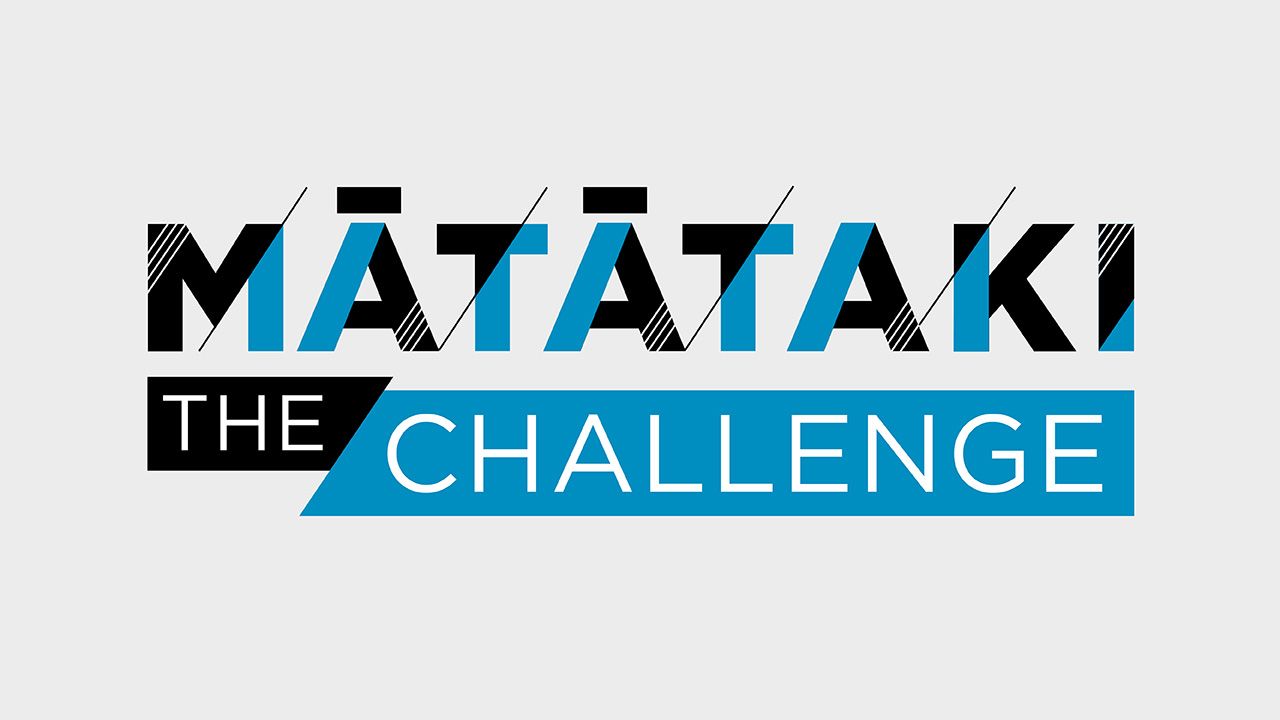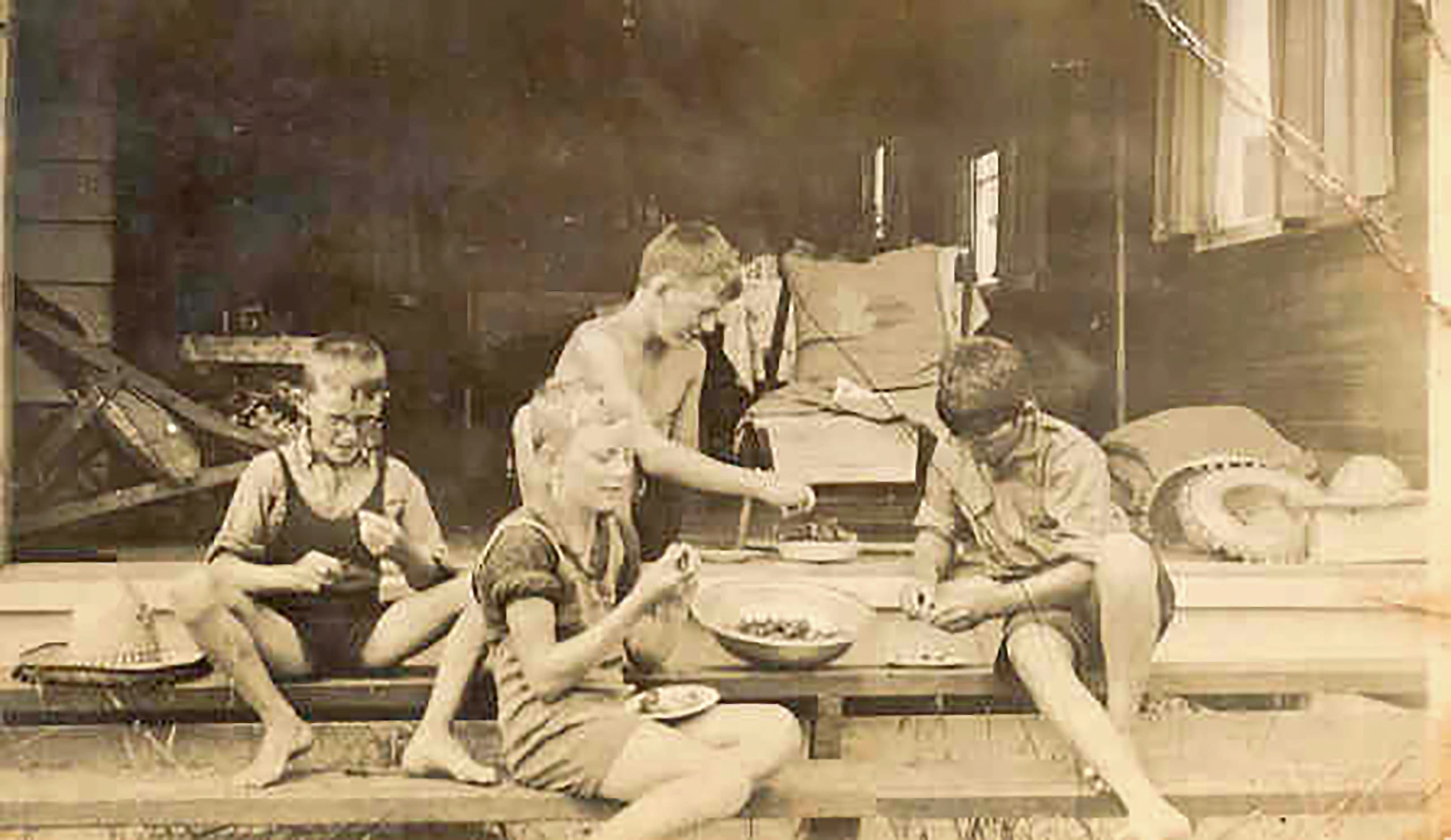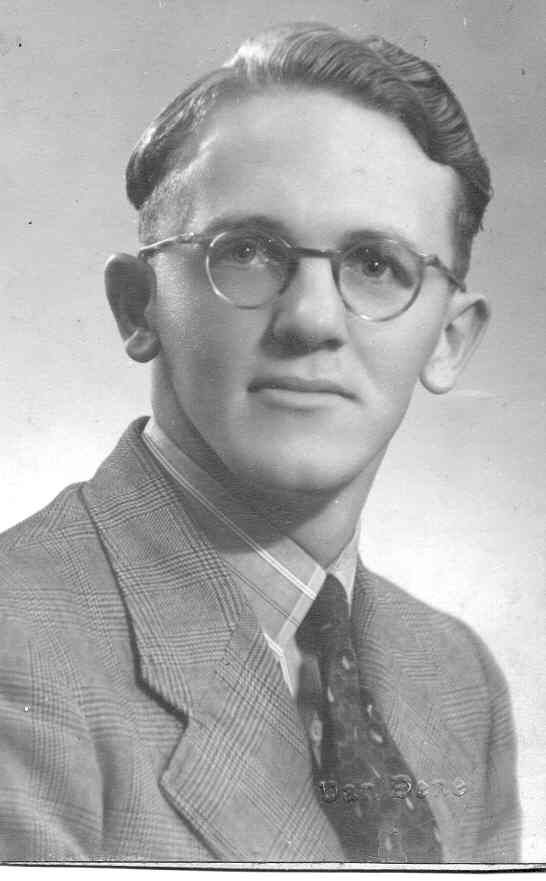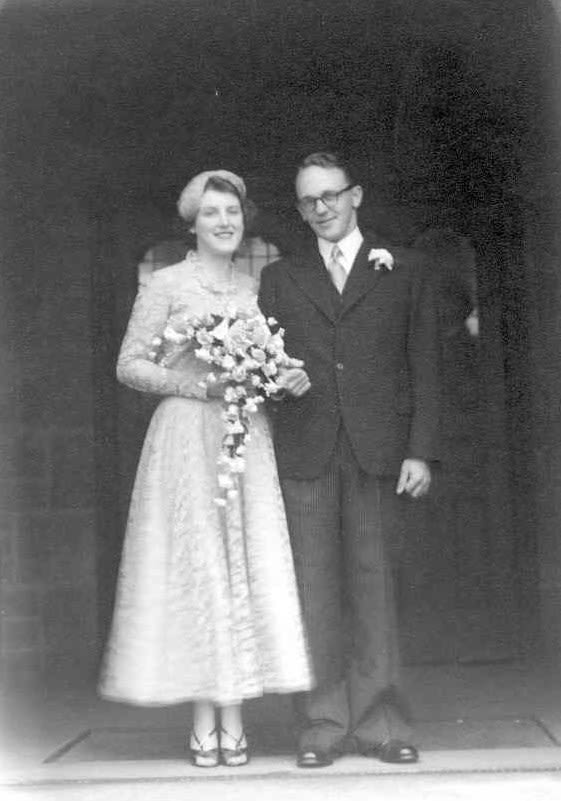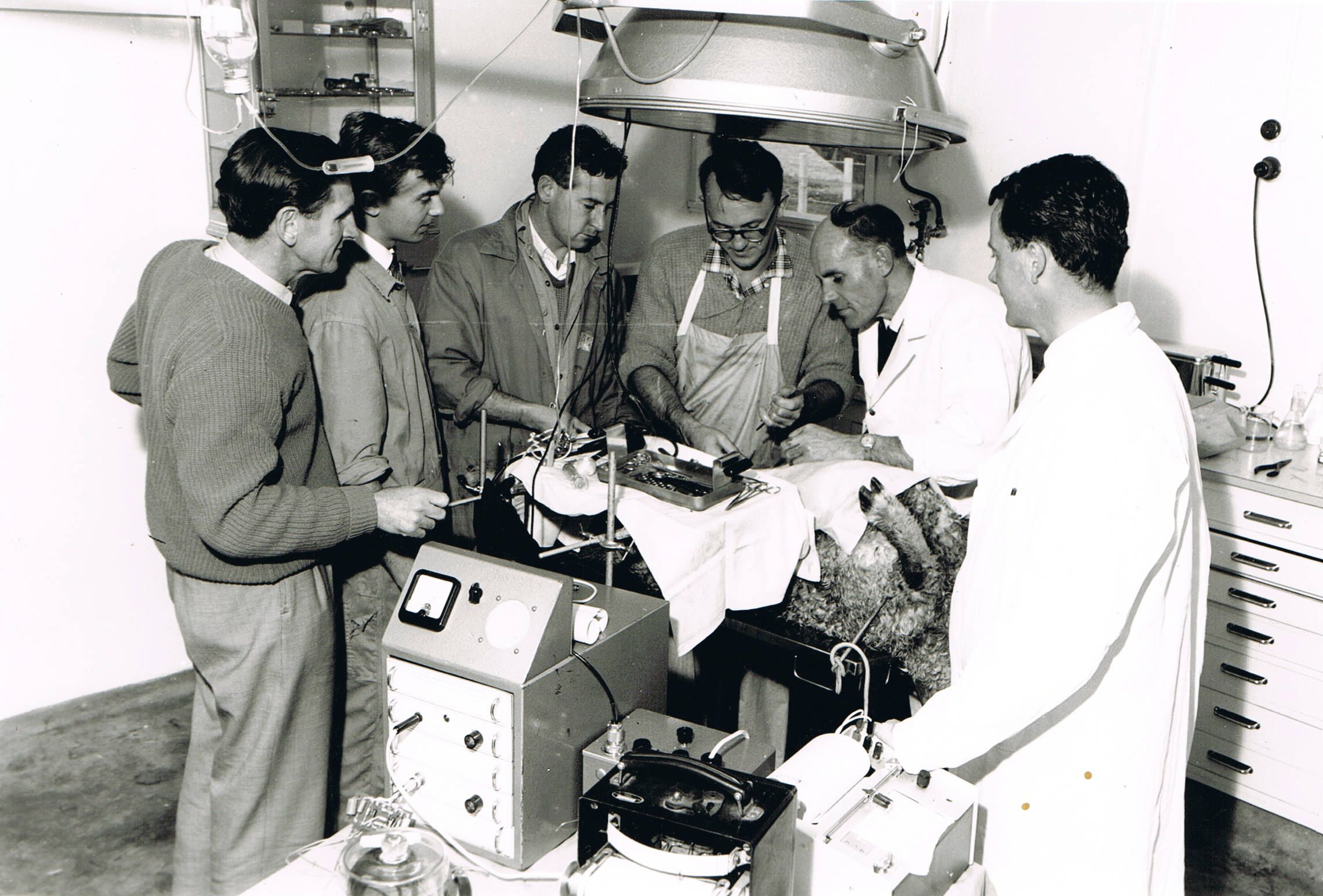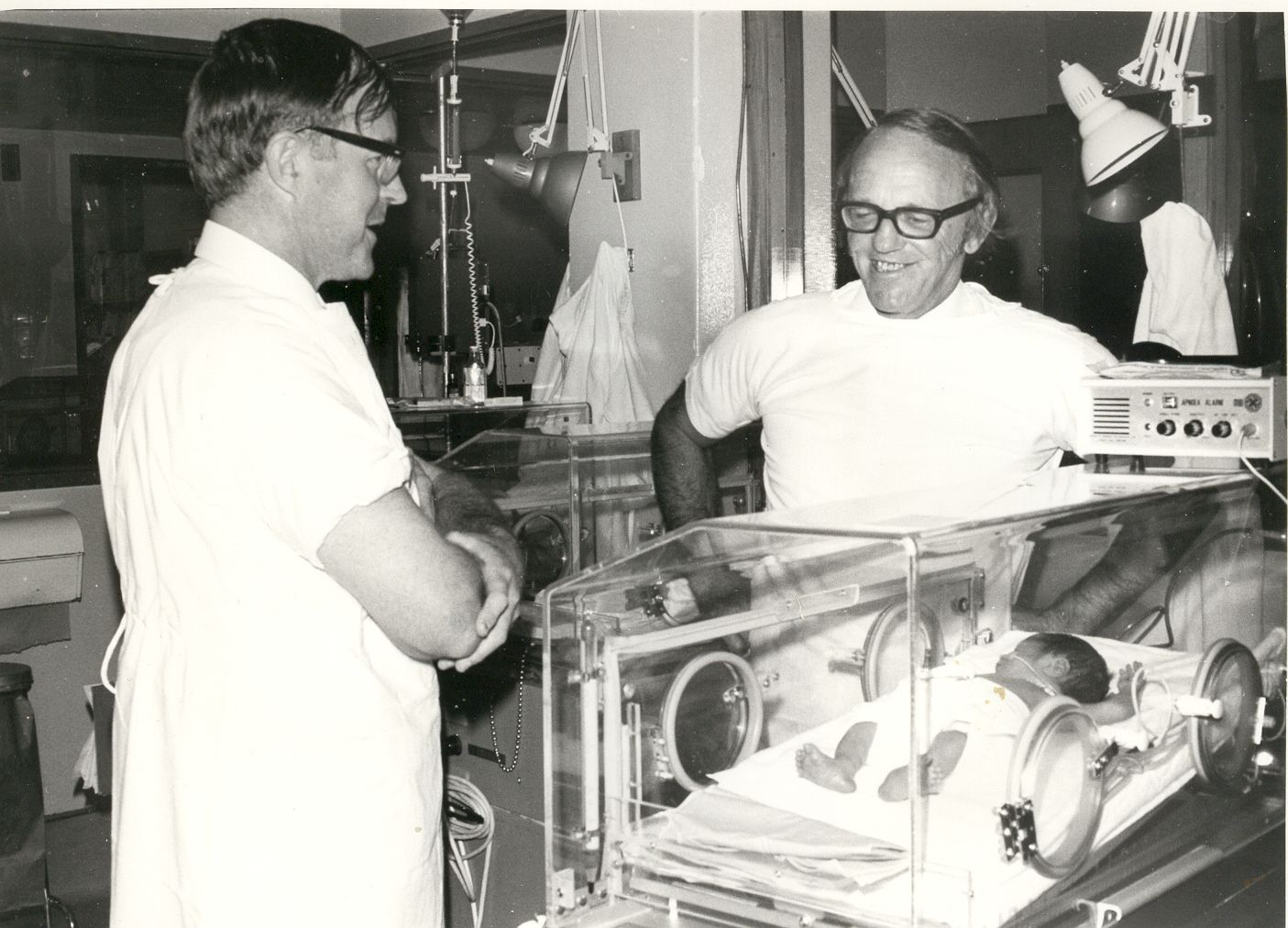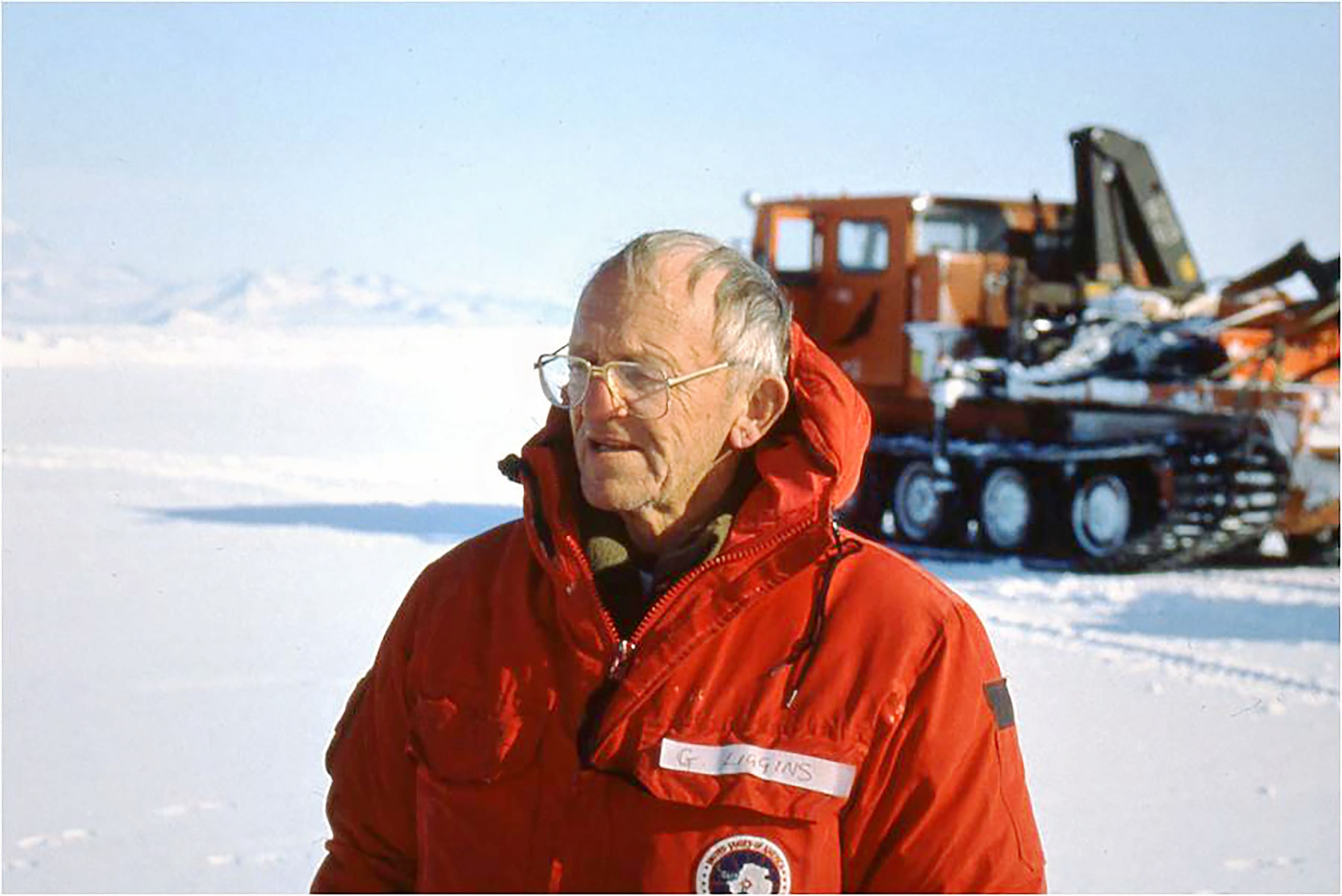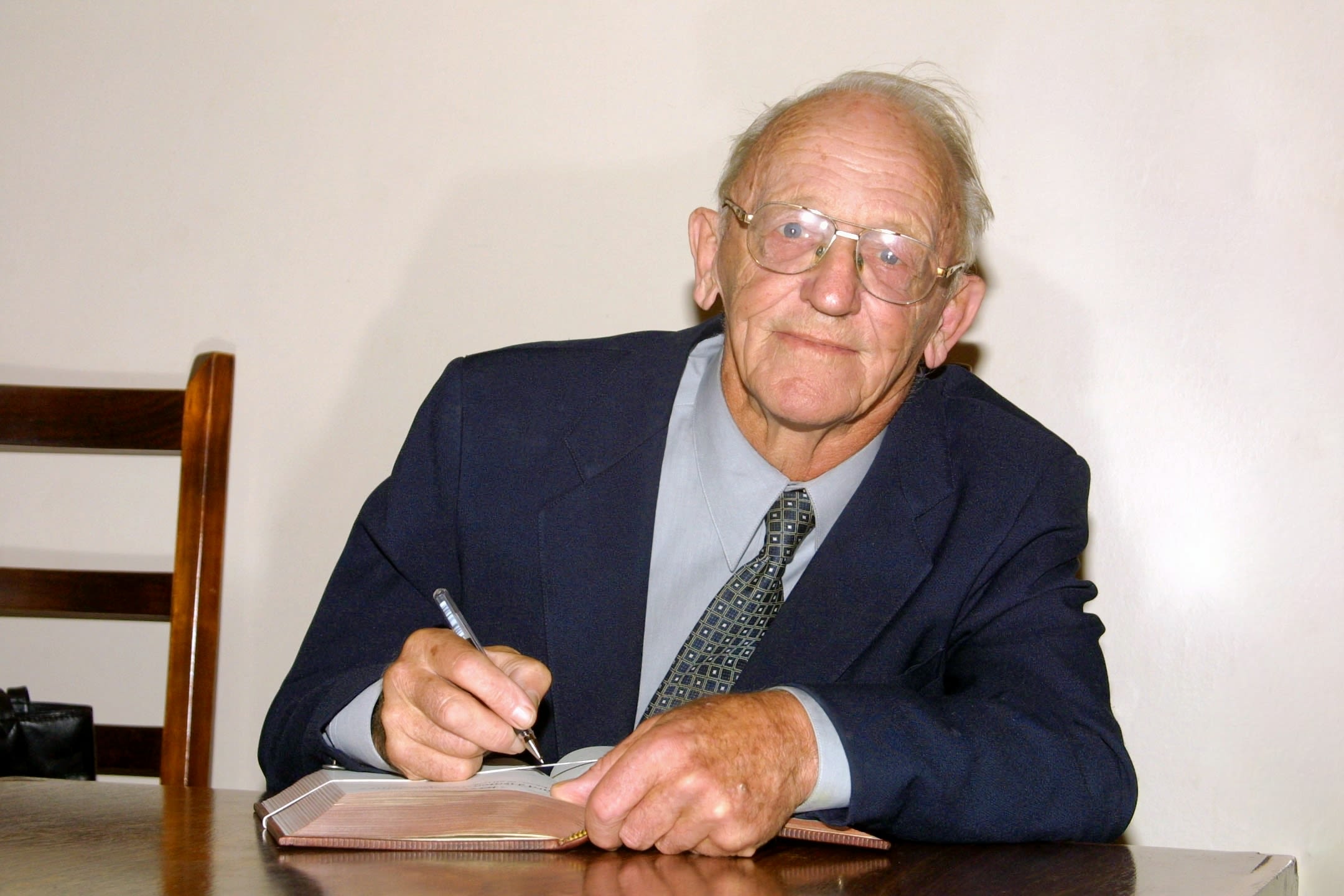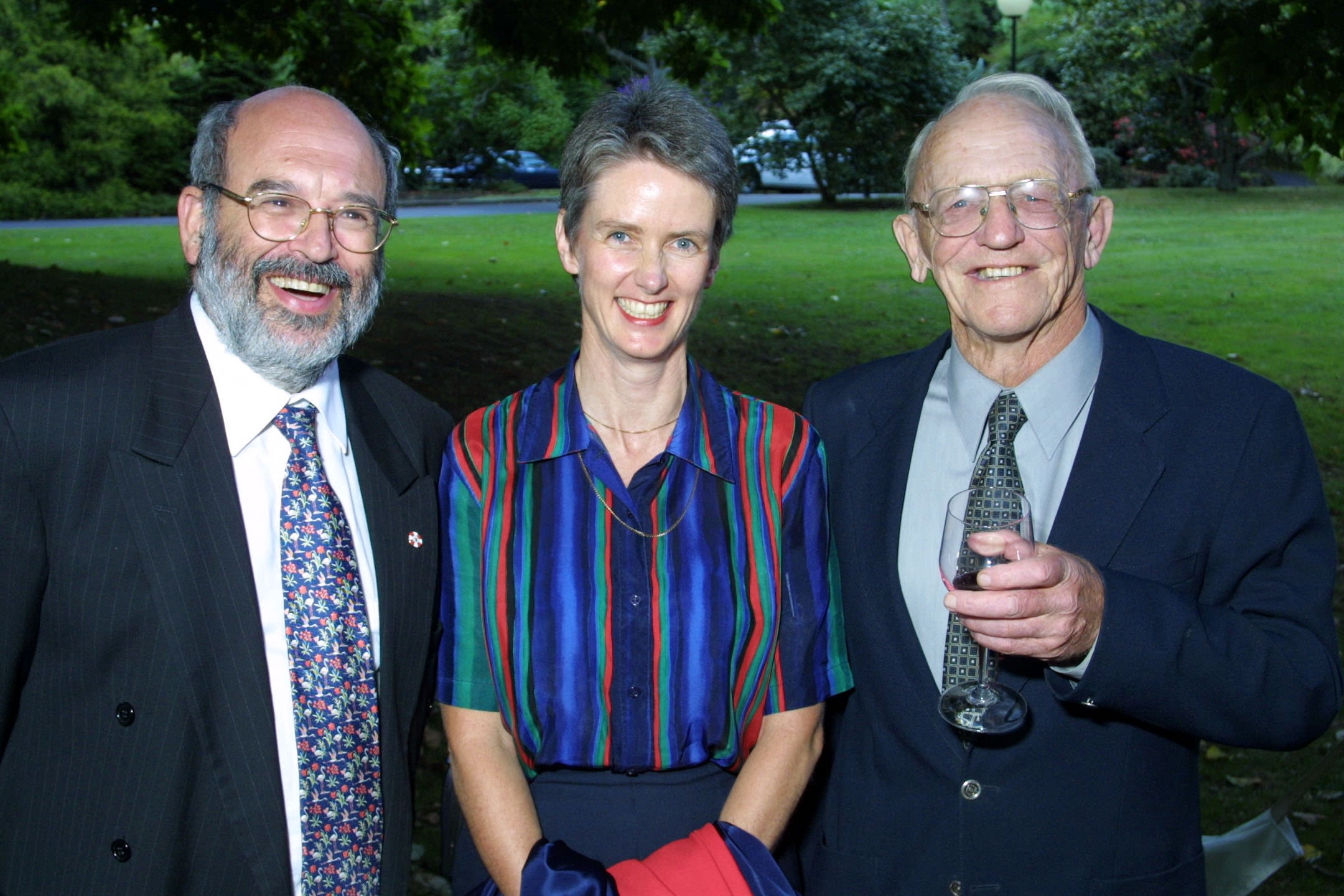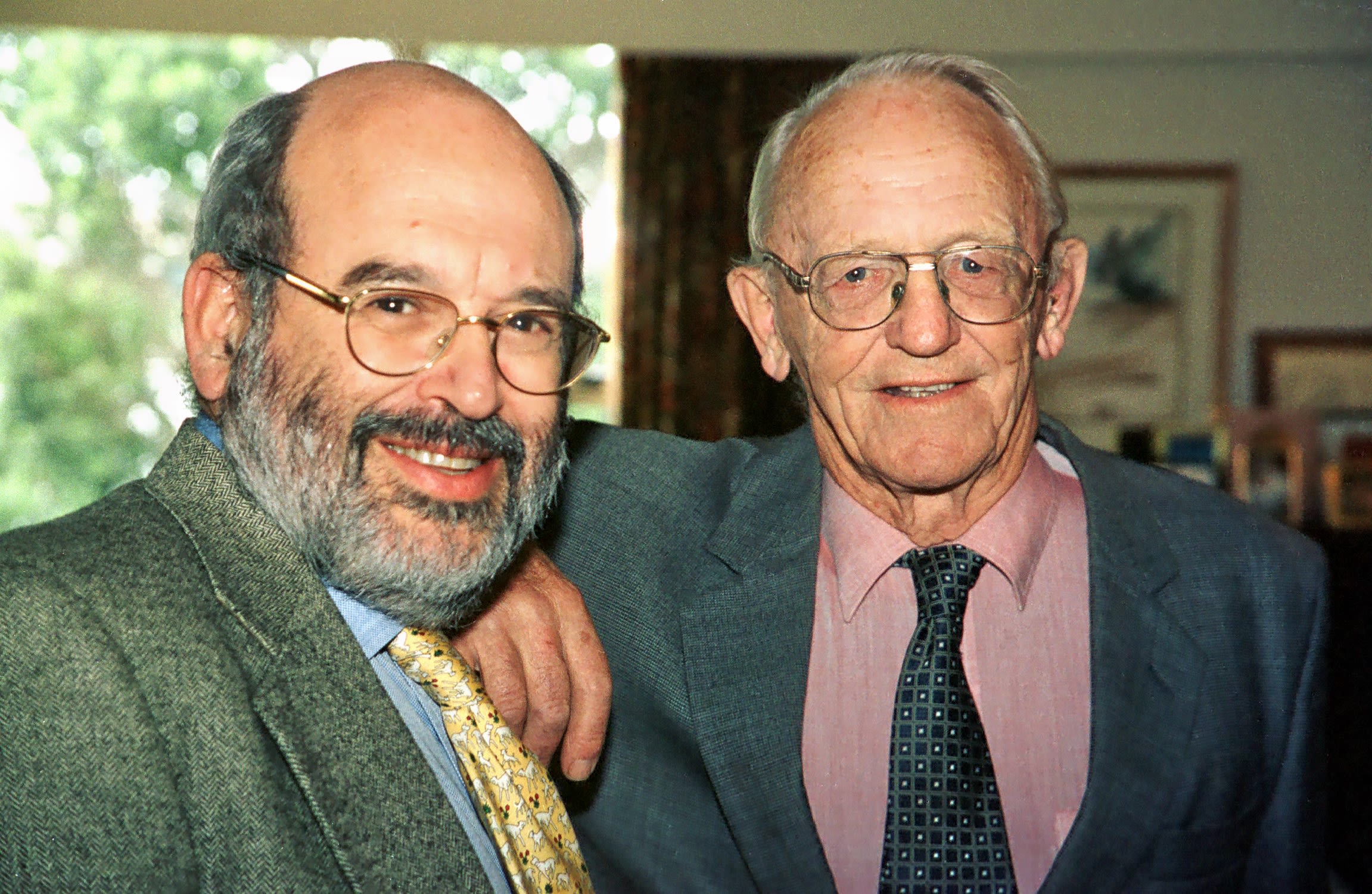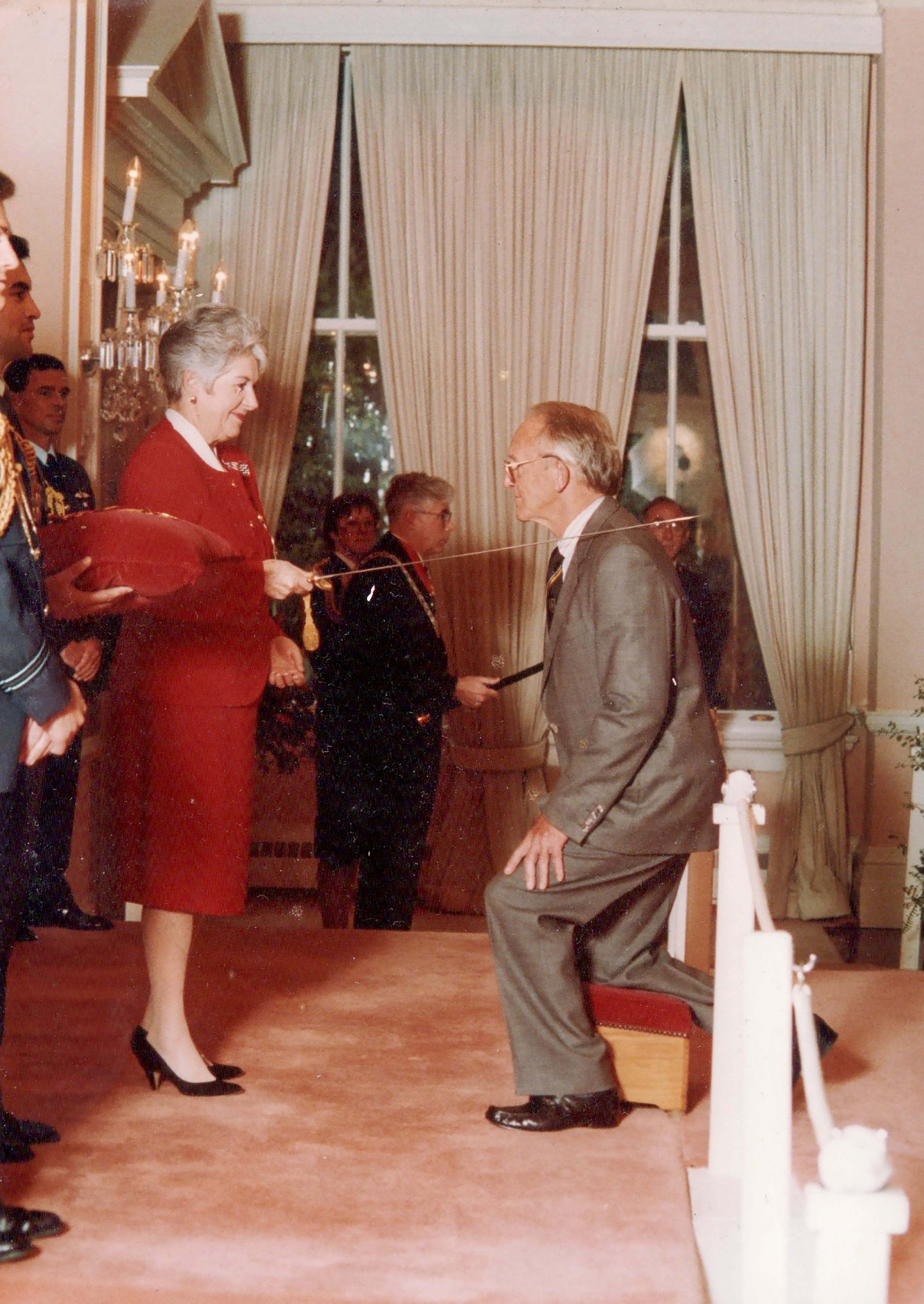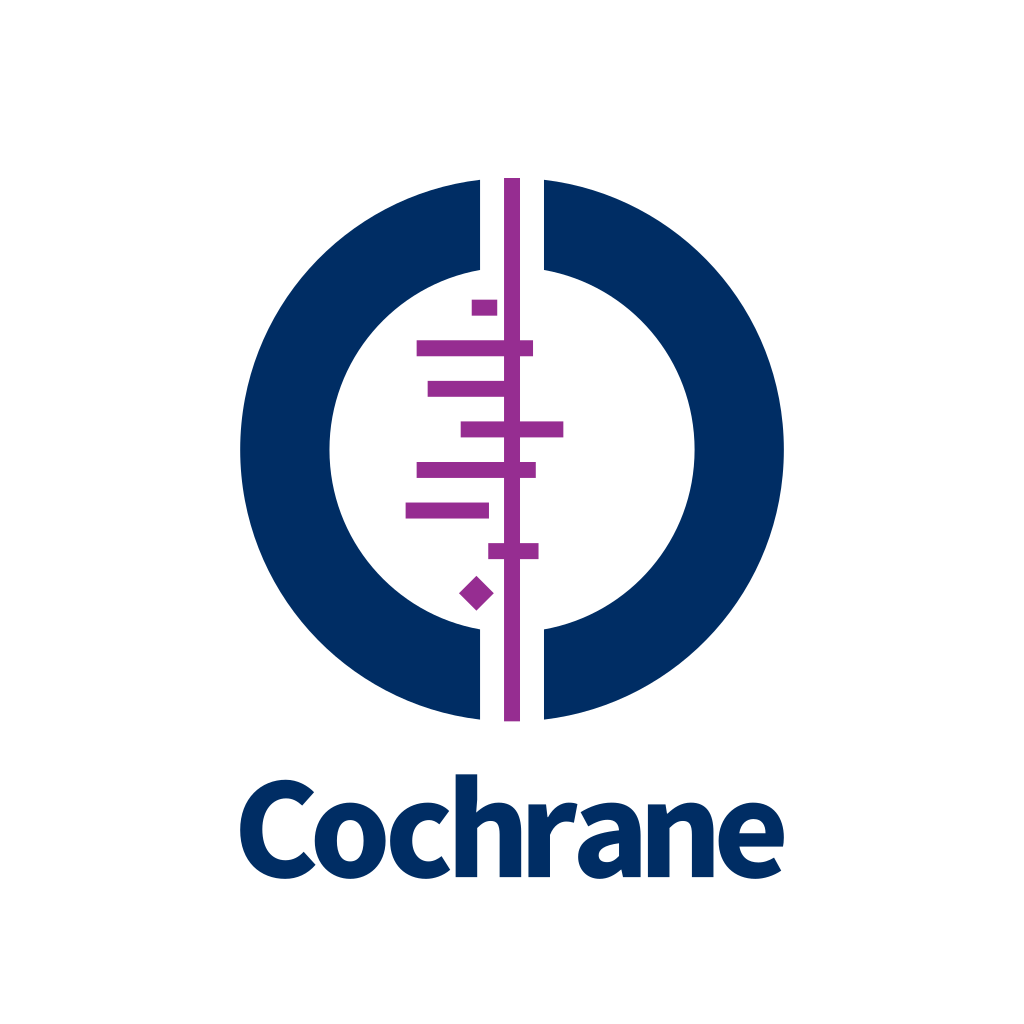The Liggins legacy
Professor Sir Graham Collingwood (Mont) Liggins
Hundreds of thousands of babies worldwide owe their lives to the modest scientist who gave his name to the Liggins Institute. This timeline records the life, times, and work of one of New Zealand's most revered researchers.
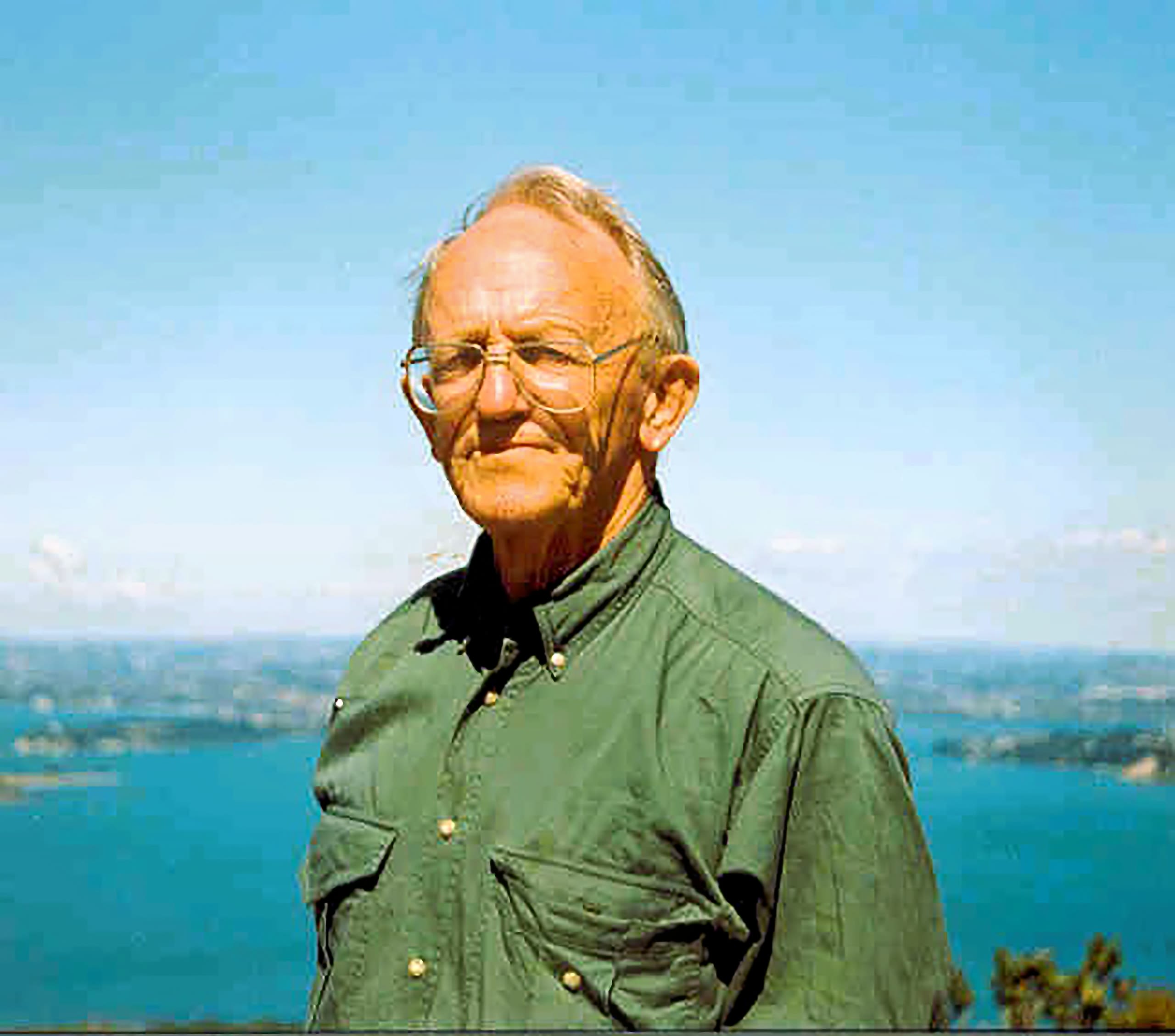

Professor Sir Graham (Mont) Liggins’ work demonstrated the power of a brilliant mind to recognise the unexpected, to perform fundamental biomedical research and to rapidly translate it into clinical research, followed by clinical application.
He showed that giving steroids to women at risk of pre-term birth could accelerate infant lung development and reduce the risk of lung disease in newborn babies.
His work, which led to a much deeper understanding of the birth process, transformed the practice of neonatology and dramatically improved survival rates among preterm babies all over the world. His technique is now standard obstetric practice.
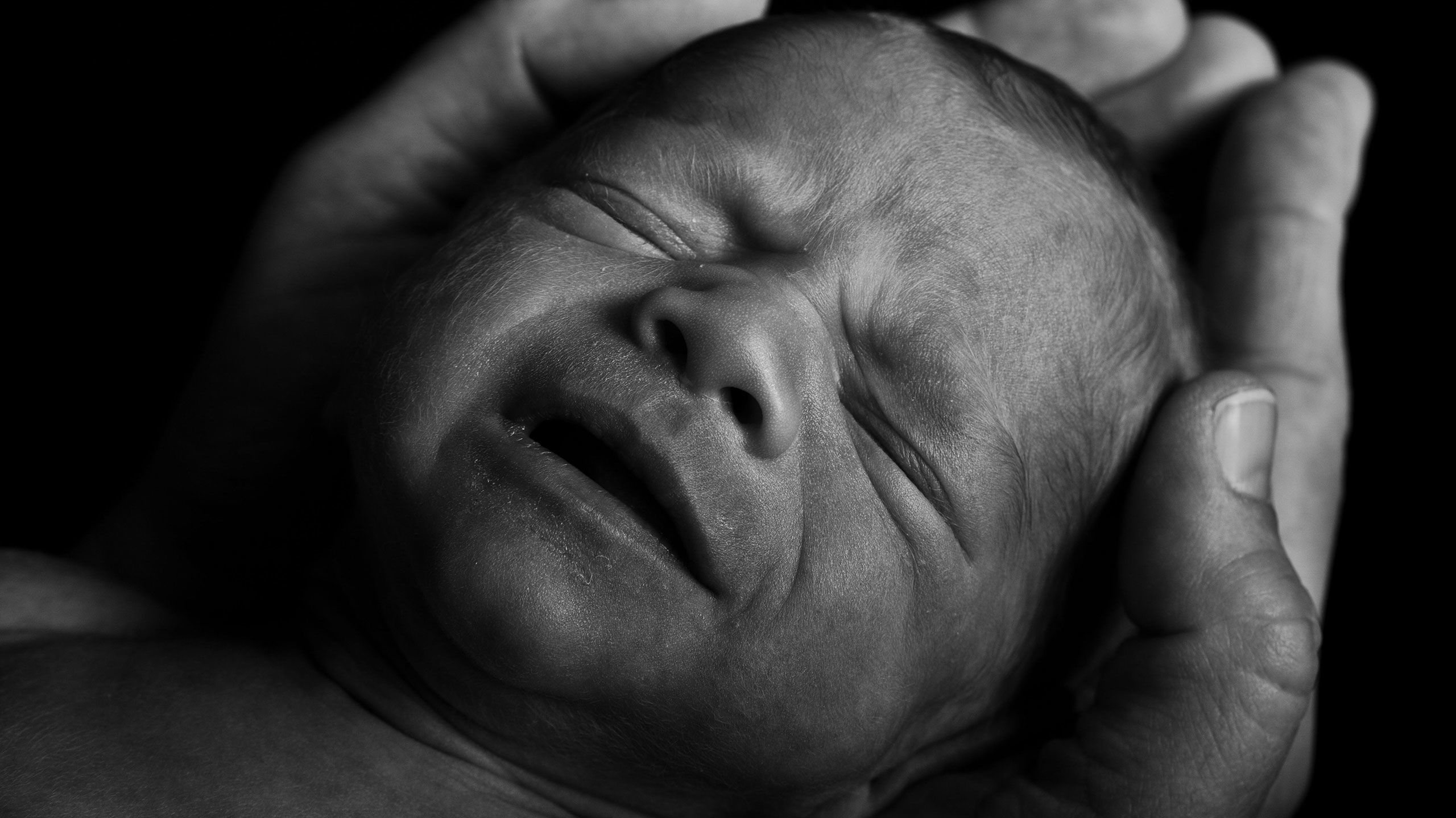
The early years
1926 - 1960
Son of the local doctor, Graham Liggins was born on 24 June, 1926 in the former gold mining town of Thames. With his twin sister and three older brothers, he has described an idyllic childhood exploring the surrounding countryside and “inventing”.
The life-long nickname “Mont” reflects his early fondness for the comic book character Monty the Mouse.
“As a place for a boy to grow up, Thames
couldn’t be bettered. It was literally an adventure
playground. The hills were riddled with mineshafts
to explore and kauri forests for tramping.”
RURAL UPBRINGING: The nickname 'Mont' came from the comic book character Monty the mouse.
RURAL UPBRINGING: The nickname 'Mont' came from the comic book character Monty the mouse.
1930 - 1942
- Thames Central School
- Thames High School
- School of Mines, Thames (night classes in science)
1942
- Auckland Grammar School
1943
- Medical Intermediate, University of Auckland
1944 - 1949
- School of Medicine, University of Otago
1949
- Graduated MBChB
1949 - 1951
- House surgeon, Auckland Hospital
1950
- Diploma in Obstetrics, Royal College of Obstetricians and Gynaecologists, London
1951 - 1953
- General Practice, Hamilton
1953 - 1959
- Specialist training in obstetrics and gynaecology, England
1954
- Married fellow Registrar, Celia Ward, later Auckland's first female obstetrician and gynaecologist
1956
- Membership of the Royal College of Obstetricians and Gynaecologists, London
1958
- Fellowship of the Royal College of Surgeons,
Edinburgh
1959
- Fellowship of the Royal Australasian
College of Surgeons
"Bill [Liley] told me he had decided on his line of research by looking for an important obstetric disorder which had the potential to be prevented and came up with haemolytic disease.
I took up his philosophy and came up with premature birth. It seemed to me that if we were to understand the causes of premature birth we must first find out how the time of normal birth was determined."
From obstetrician to researcher
1960
- Appointed Senior Research Fellow NZ Medical Research Council, Postgraduate School, and then Senior Lecturer in Obstetrics and Gynaecology, the University of Auckland
1960 - 1965
- Fertility research: involved in early developments and testing of oral contraceptive steroids. Invented sequential and every day dispensing systems
With endocrinologist Kaye Ibbertson succeeded in experimentally inducing ovulation in women with secondary infertility. The result brought international fame to the hospital with the birth and survival of the Lawson quintuplets in 1965
1963
- Bill (Sir William) Liley performed the first successful human fetal transfusion as a treatment for haemolytic disease, assisted by Liggins. Liggins and Liley developed surgical techniques using sheep and facilities at Ruakura Animal Research Station with scientist Dr Robert Welch. Liggins perfected surgical methods to inactivate fetal pituitary and adrenal glands, to test the hypothesis that a rise in cortisol levels started labour.
SHEEP MODEL: Liggins operating at Ruakura Animal Research Station in 1963. From left: Dr Gordon Edgar (Ruakura director), Robert Welch (Ruakura scientist), W. H. Bishop (Ruakura veterinarian), Graham Liggins, William Liley and Bob Bonsma (electronics technician at National Women’s Hospital)
1964
- New National Women’s Hospital opened
1965
- Lawson quintuplets born at National Women’s Hospital
1966 - 1967
- Lalor Foundation Fellowship, University of California, Davis
Experiments with sheep showed removal of fetal pituitary prevents
parturition, but infusion of cortisol triggers birth
- University of Cambridge, UK, with reproductive physiologist Roger Short
New directions in neonatology
1967 - 1976
Established in 1951 to provide diploma training in obstetrics, the Postgraduate School of Obstetrics and Gynaecology at National Women’s Hospital was then the only academic medical unit at the University of Auckland. It quickly developed an international reputation for innovations in obstetrics, endocrinology and medical technology.
The mystery behind premature labour
NEW HORIZONS: Ross Howie (left) and Liggins at National Women’s Hospital, 1972
1967 - 1968
- At National Women’s Hospital, Liggins continued his search for what initiates labour. His breakthrough was showing the fetus triggers a series of hormonal events, including the release of cortisol, which leads to labour. His unexpected observation that cortisol also accelerated fetal lung maturation led to a landmark clinical trial and new directions in neonatology. The findings in sheep proved true for humans.
1969
- Appointed Associate Professor in Obstetrics and Gynaecology, University of Auckland
1969 - 1977
- Clinical trial of antenatal steroids at National Women’s Hospital
Liggins quickly grasped the potential to translate his experimental observation into the clinic to help save the preterm babies who died because their immature lungs failed to inflate. More than 1,000 women were recruited into the trial which is still cited as an example of best practice. It showed that antenatal steroids dramatically reduced the neonatal death rate. The treatment was quickly implemented in New Zealand and Australia, but it would be 20 years before it was adopted world-wide.
1971
- Working with Geoffrey Dawes and others at the Nuffield Institute, University of Oxford, Liggins’ fetal surgical skills helped to advance studies of fetal breathing movements in sheep.
- Appointed Professor in Obstetrics and Gynaecology, University of Auckland
1972
- First results from the antenatal steroid trial published in prestigious US journal Pediatrics. The paper became a “citation classic”. Liggins’ work on the process of parturition, the birth process, in sheep found immediate application in agriculture and veterinary medicine and he continued his association with Ruakura as an endocrine consultant through the 1970s and 80s.
“The results of the trial exceeded our greatest hopes. Respiratory Distress Syndrome (RDS) was eliminated in fetuses = over 32 weeks gestation and overall RDS and neonatal mortality were dramatically reduced. Ross and I share much satisfaction in the thought that antepartum steroid treatment must have saved countless lives around the world.”
Adventures in Antarctica
1976 - 1987
Between 1977 and 1993 Liggins made seven trips to Antarctica to study the physiological effects of deep sea diving on Weddell seals and their fetuses; first in the laboratory and then in natural conditions. Research made possible by collaboration with zoologists, physiologists, biochemists and anaesthetists from many countries.
“The pinnacle of my career was becoming a Fellow of the Royal Society. I had answered a fundamental question that scientists and philosophers had wrestled with since Hippocrates time … that the fetus controls the onset of labour.”
Journey to the deep south
1976
- Fellowship of the Royal Society of New Zealand
- Senior Organon Award in Endocrinology
- Hon. Fellow American Gynecological Society
1978
- Hon Fellow American College of Obstetrics and Gynecology
European Perinatal Society Award
1980
- Elected a Fellow of the Royal Society (London), the honour he was most proud of. Hector Medal, Royal Society of New Zealand Polar Medal
1985
- Commander of the Order of the British Empire
DEEP SOUTH: Liggins made seven trips to Antarctica.
DEEP SOUTH: Liggins made seven trips to Antarctica.
1983
- Doctor of Medicine (Hon.), University of Lund, Sweden
1986
- Virginia Apgar Award, American Academy of Pediatrics
Time to hang up the lab coat
1987 - 2010
“My research had always run second to my clinical and teaching commitments... I retired from my personal chair in 1987 and suddenly felt a great load off my shoulders. I organised a research centre and became its director which allowed me to help graduate students and visitors but was not very onerous. It has been quite pleasant to be able to wind down slowly post retirement and to repay some of my enormous debt to my wife for her care and support throughout my career.”
WIND DOWN: After an illustrious career, a well-earned retirement.
WIND DOWN: After an illustrious career, a well-earned retirement.
The birth of the Liggins Institute
LIGGINS LEADERS: From left: Professor Sir Peter Gluckman, Professor Dame Jane Harding and Professor Sir 'Mont' Liggins.
LIGGINS LEADERS: From left: Professor Sir Peter Gluckman, Professor Dame Jane Harding and Professor Sir 'Mont' Liggins.
1987
- Appointed Professor Emeritus, University of Auckland
- Christensen Fellow, St Catherine’s College Oxford
- Jubilee Medal, New Zealand Medical Research Council
- Marshall Medal, Society for the Study of Fertility
- Centennial Medal, American Gynaecological Society
- Hon. Fellow, American Academy of Pediatrics
1988
- A scientific symposium in Rotorua marked Liggins’ retirement from clinical duties and teaching at the University of Auckland.
1989
- Hon. Fellow, Royal College of Obstetricians and Gynaecologists
1990
- Syme Oration, Royal Australasian College of Surgeons
1994
- Eardley Holland Medal, Royal College of Obstetricians and Gynaecologists
- Doctor of Science (Hon), Edinburgh University
- Simpson Award, Royal College of Obstetricians and Gynaecologists
1998
- University of Auckland Distinguished Alumnus Award
LIGGINS INSTITUTE: Professor Sir Peter Gluckman, the founding director of the Liggins Institute with Professor Sir Graham Liggins.
LIGGINS INSTITUTE: Professor Sir Peter Gluckman, the founding director of the Liggins Institute with Professor Sir Graham Liggins.
2001
- The Liggins Institute was established at the University of Auckland
with Sir Peter Gluckman as Director, bringing together research teams
with a common focus on fetal and neonatal development, maternal
and child health. Liggins reluctantly agreed to have the Institute
named after him and maintained a keen interest in its work and that
of his old department.
2002
- Liggins Institute opened by Her Majesty Queen Elizabeth ll.
GOOD KNIGHT: In the 1991 Queen's Birthday honours Mont Liggins was made a knight bachelor for his services to medical research.
GOOD KNIGHT: In the 1991 Queen's Birthday honours Mont Liggins was made a knight bachelor for his services to medical research.
1991
- Knight Bachelor
1992
- Cochrane Centre (UK) The not-for-profit grew into an international network of researchers, clinicians, patients and policymakers. The aim is to distil medical research to support evidence-based clinical practice.
The horizontal lines in its logo represent seven antenatal steroid trials, the first being that of Liggins and Howie. Each line is a testament to the human cost of ignoring robust evidence of randomised controlled trials in healthcare.
2003
- Celia, Lady Liggins died.
2004
- The Wellcome Trust Witnesses to 20th Century Medicine
held a seminar in London: Prenatal corticosteroids for
reducing mortality and morbidity after preterm birth,
acknowledging Liggins’ contribution to modern medicine.
“Mont is a true scientific hero. His work, whether in the Antarctic with seals, on fetal growth, breathing or the birth process, or in lung development, has been consistently pioneering and marked by very great insight and extraordinary perceptivity.”
Professor Emeritus John Challis FRCS, Canada
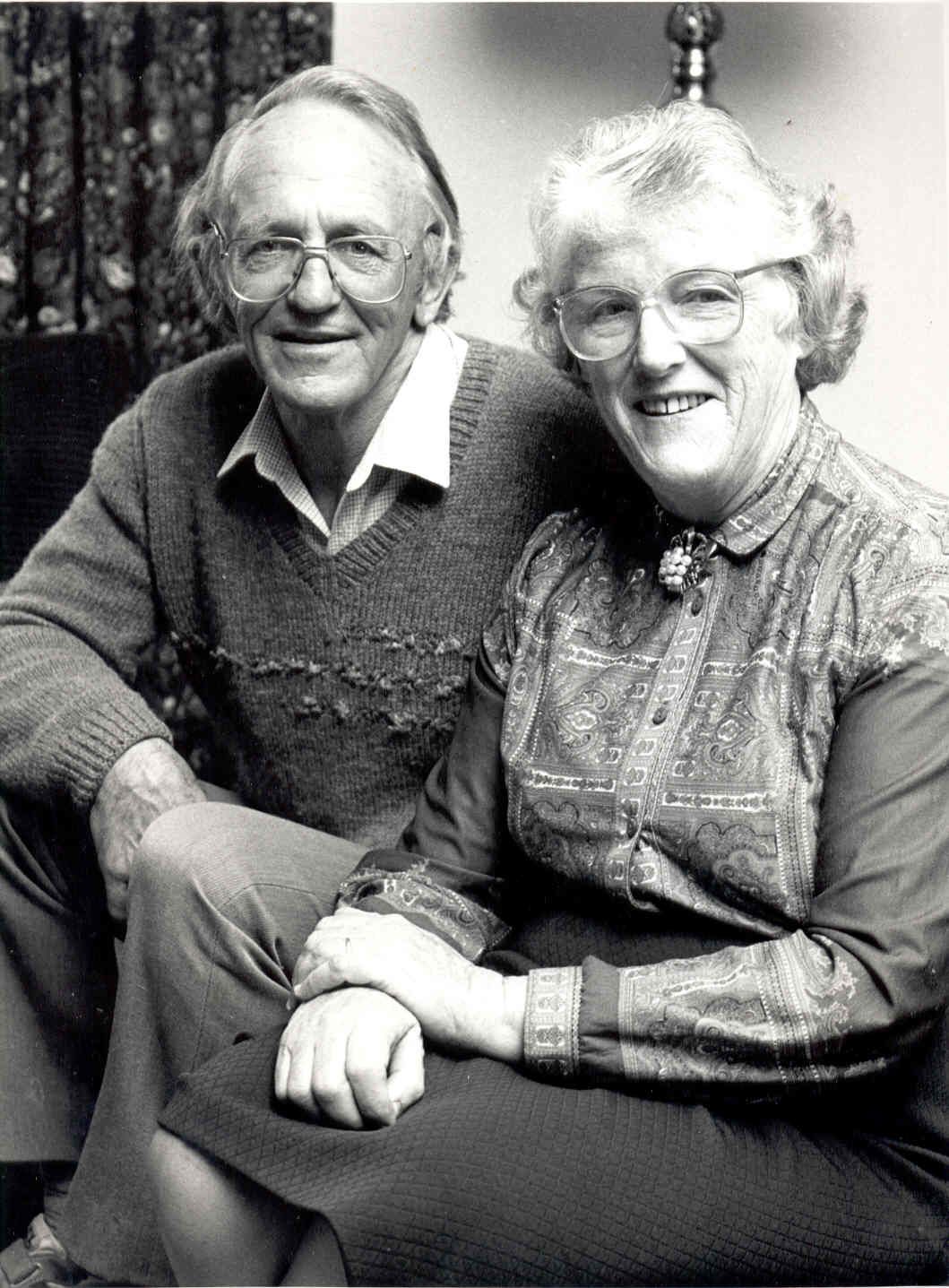
The 'steroid trial' babies grow up
2005
- Jane Harding, Stuart Dalziel et al. published a follow-up study of the “babies” born in Liggins and Howie’s trial, which found no adverse effects of the lifesaving treatment 30 years earlier. A further follow-up study 50 years on has shown the same.
2006
- Symposium: The Liggins Legacy jointly celebrated the Liggins Institute’s fifth anniversary and Mont Liggins’ 80th birthday. Listen to Mont Liggins on his work to understand the complex relationship controlling the birth process.
2010
- 24 August: Mont Liggins died after a long illness. To his lasting regret the puzzle of what triggers labour in humans remained unsolved. Listen to Professor Sir Peter Gluckman recalling his friend and mentor.

